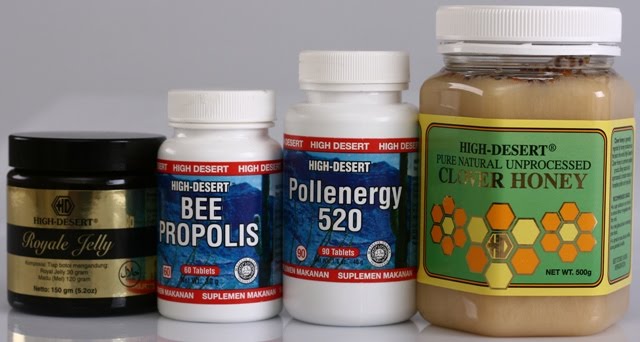The next time a honey bee zips by you, take a moment to appreciate what nature has given to us -- this amazing little creature...
A honey bee has a proboscis which is like a tiny drinking straw that sucks up nectar from flowers. There are 2 stomachs in a bee. Some nectar goes into a bee's main stomach to digest for food and energy, the rest of the nectar goes into a special stomach where the bee can process the nectar into honey and transport it back to the hive. Bees can detect changes in air pressure. If it’s going to rain and air pressure drops, they stay in their hives. Bees also do not fly around if the temperature is below 50 degrees Fahrenheit. When it is cold, they cluster in their hive to stay warm. They use the honey that they make for food during the cold months when nectar is scarce.
A honey bee can sting. If you get stung, the bee's stinger gets hooked into your skin, and while the bee tries to flee, part of its body tears off, causing it to die. A bee sting leaves a tiny drop of venom under your skin which makes the skin turn red and swollen. Beekeepers always tell me that we don’t have to be afraid of bees; they only sting people or animals to protect themselves and their hive. However, honestly, for some reason I still have a certain phobia of going to near a bee hive and would sometimes even imagine the bees swarming at me.
In a colony, there are thousands of workers bees, a few hundred drones, and one queen bee. All worker bees are female and are assigned different tasks to perform -- nurses to take care of larva, construction workers to bond together thousands of wax cells into honeycomb, janitors to keep the hive clean, guards to protect the hive, and last but not least the food finders and gatherers. All drones are male and they have only one purpose in life - to mate with the Queen, while the busy worker bees do all the work.
A queen bee can lay up to 1500 eggs in one day and more than a million eggs in a lifetime. Each egg hatches into a larva in 3 days and is fed with special milk called Royal Jelly by the nurse bees. The larva then turns into pupa, and finally develops into adult bees.
Each hive can have only one queen bee. When a hive gets too crowded with too many bees, the queen bee lays some special eggs that will hatch into new queen bees. The queen then sends out bees to scout for a new home. When a place is found, she leaves the old hive and is followed by a swarm of worker bees. Meanwhile, when the new queen bees emerge in the old hive, the strongest new queen bee destroys the other queens, as there can only be one queen in each hive. When the surviving queen is about a week old, she soars off and frequently mates with more than one drone while in the air, and this can repeat for two or three consecutive days, after which she begins to lay eggs. Normally, enough sperm are stored in her sperm pouch to fertilize all the eggs for the rest of her life. The drones die in the act of mating.

No comments:
Post a Comment